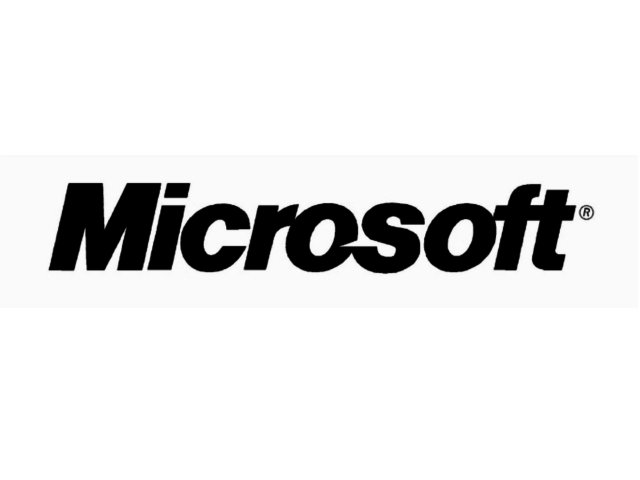PREVIOUS ARTICLENEXT ARTICLE
NEWS

Microsoft Tag milestone announcements
By Hanleigh Daniels 28 October 2010 | Categories: news
Microsoft has unveiled some user figures for its 2-D barcode technology known as Microsoft Tag, which is a free app that utilises a user’s phone camera in order to turn it into a mobile barcode reader.
By employing Tag users are able to take a photo of any barcode and receive information back. For instance, it will allow you to scan barcoded advertisements in magazines and newspapers, product packaging and posters to get instant access to related websites, videos, reviews, contact information, social network pages or discounts and promotions.
The Redmond-based company has now announced that 1 billion Tags have been printed during the past four months, bringing the total number of Microsoft Tags to 2 billion since it was launched in January 2009.
“Consumers are rapidly embracing smartphones, which opens a new marketing channel for savvy businesses. Microsoft Tag gives brands and their agencies a powerful way to engage this growing set of connected consumers and create immersive experiences that connect the digital world to the physical world,” said Aaron Getz, general manager of Microsoft Tag.
“With Tag, businesses can build compelling customer scenarios to drive engagement and retention, easily measure the effectiveness of their campaigns, and explore new merchandising opportunities for their products.”
There are also over 100 000 Tag accounts that have been set up to add interactive digital content to brand advertising and marketing campaigns and since August, Tag has been utilised in more than 100 million magazine issues.
Microsoft Tag was also the first app to be launched by Redmond for Google’s Android mobile OS.
USER COMMENTS
Most Read Articles
Read

Magazine Online
TechSmart.co.za is South Africa's leading magazine for tech product reviews, tech news, videos, tech specs and gadgets.
Start reading now >
Download latest issue
Have Your Say
What new tech or developments are you most anticipating this year?
New smartphone announcements (45 votes)
Technological breakthroughs (29 votes)
Launch of new consoles, or notebooks (14 votes)
Innovative Artificial Intelligence solutions (29 votes)
Biotechnology or medical advancements (24 votes)
Better business applications (160 votes)



